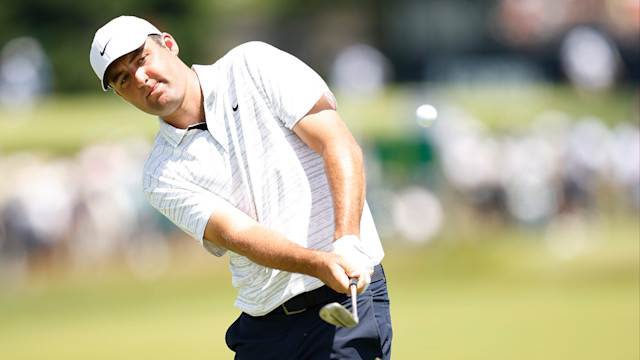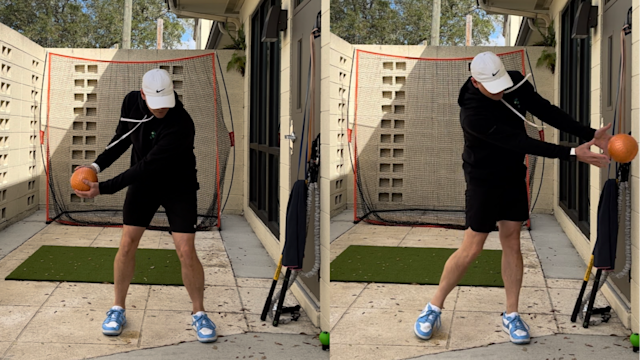quick coaching
Two Tips From Scottie Scheffler's Dominant Players Championship Victory at TPC Sawgrass
By Ryan Adams, PGA
Published on
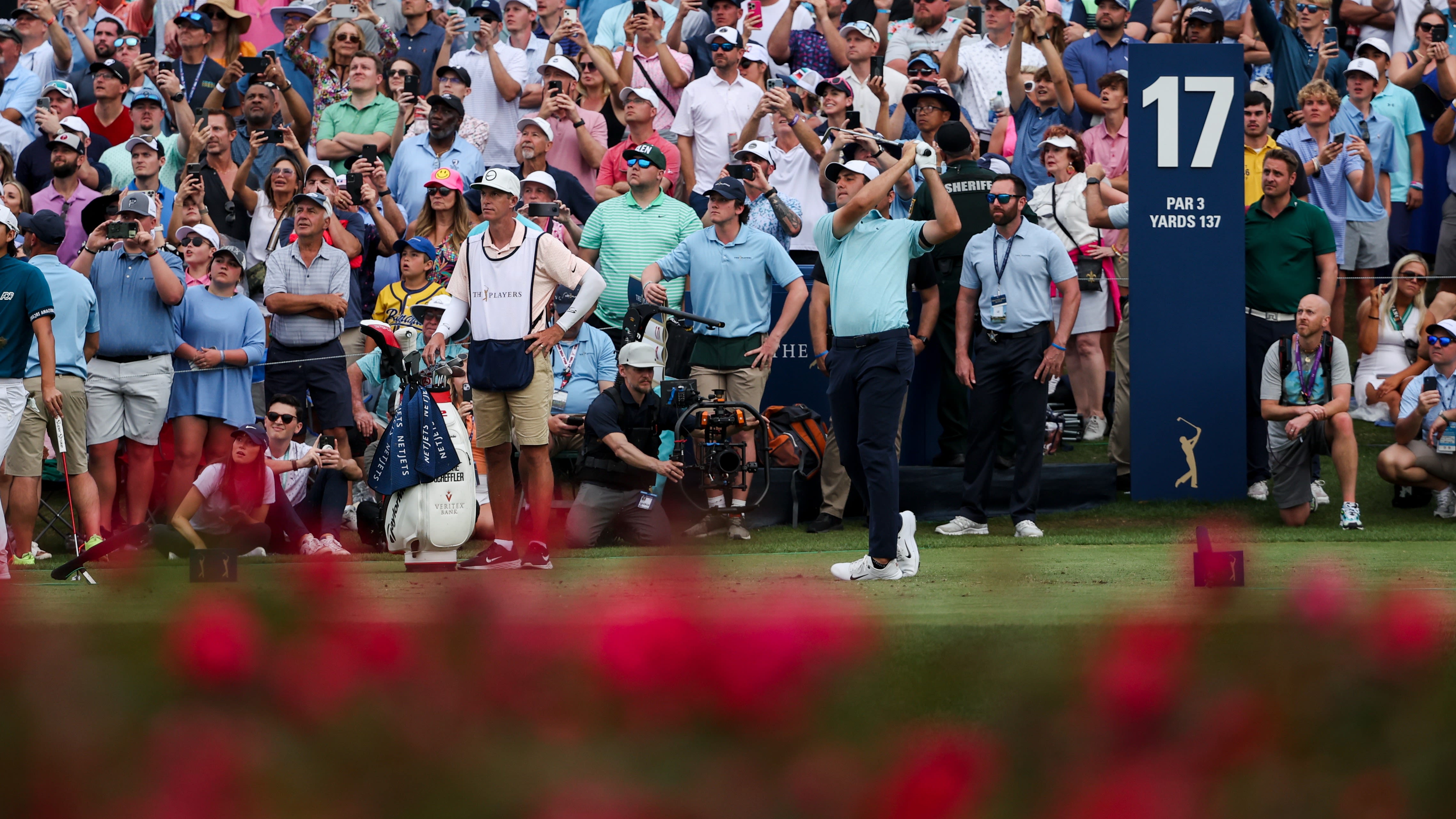
Scottie Scheffler plays his shot from the 17th tee during the final round on March 12 of The Players Championship at TPC Sawgrass. (Photo by Jared C. Tilton/Getty Images)Getty Images
Well, doesn’t this feel familiar.
Scottie Scheffler — in similar fashion to 2022 — is on another heater, winning the 2023 Players Championship at TPC Sawgrass by five shots over Tyrell Hatton.
Five strokes is just a handful but it really felt like the final round was all Scheffler — five straight birdies on Nos. 8-12 enabled cruise control through the gauntlet of TPC Sawgrass’ final three hole stretch, easing the tension of the big stage. An impressive par on 18 sealed it for Texan, who won a cool $4.5 million and his sixth victory in the last 13 months.
Scottie Scheffler — in similar fashion to 2022 — is on another heater, winning the 2023 Players Championship at TPC Sawgrass by five shots over Tyrell Hatton.
Five strokes is just a handful but it really felt like the final round was all Scheffler — five straight birdies on Nos. 8-12 enabled cruise control through the gauntlet of TPC Sawgrass’ final three hole stretch, easing the tension of the big stage. An impressive par on 18 sealed it for Texan, who won a cool $4.5 million and his sixth victory in the last 13 months.
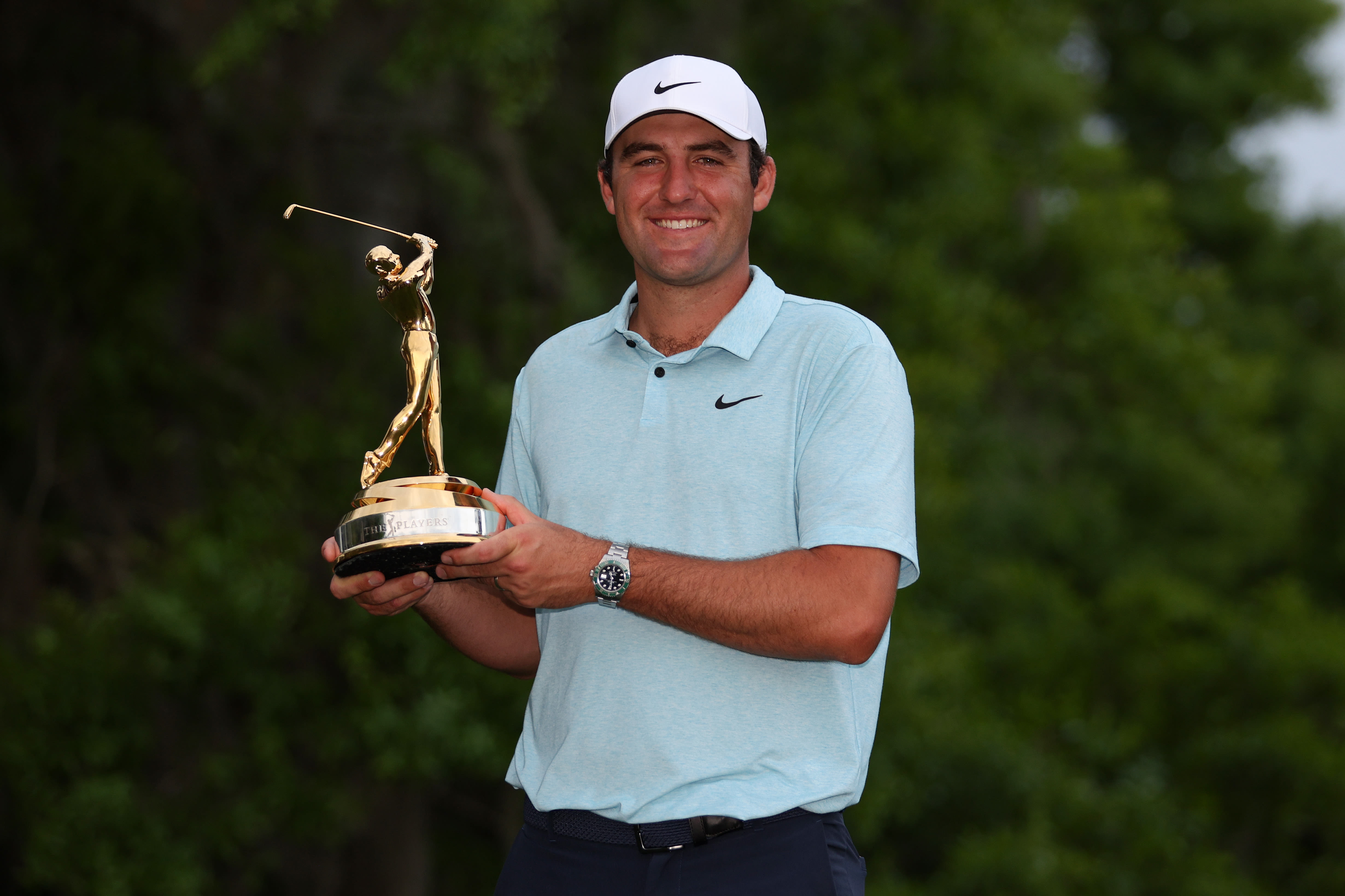
What’s been the key to his success and what can you use in your own game?
Lean on your “fairway finder”
If you want to score around TPC Sawgrass, hitting the fairway with your tee ball is absolutely critical — the tight corridors, penalizing bunkers and lurking water hazards do no favors to errant shots. Scheffler has been No. 1 in Shots Gained: Off the Tee this year on tour, and you can guess why: he finds the fairway a lot.
Try this the next time you’re in need of a good tee shot:
1. Tee up your ball on the opposite side of the tee box from where your shot normally starts. For a fade (right-handed) that’s the right side of the box, and for a draw, the left side. This gives you the optimal amount of space to curve your ball back into the fairway.
2. Choke down on the club slightly (so the butt-end shows a little). This promotes control and even Scheffler does it when he’s looking for a fairway, usually with his low cut.
3. Finish your swing. A lot of golfers make their miss worse when they “cut off” their follow-through. Even though Scheffler shuffles through impact a bit, you never seen him not make a complete move. Once you’ve teed up, choked down and are ready to fire, think about the club moving through the ball and the shaft resting on the back of your neck after impact. That’s the true sign of a good finish.
Try this the next time you’re in need of a good tee shot:
1. Tee up your ball on the opposite side of the tee box from where your shot normally starts. For a fade (right-handed) that’s the right side of the box, and for a draw, the left side. This gives you the optimal amount of space to curve your ball back into the fairway.
2. Choke down on the club slightly (so the butt-end shows a little). This promotes control and even Scheffler does it when he’s looking for a fairway, usually with his low cut.
3. Finish your swing. A lot of golfers make their miss worse when they “cut off” their follow-through. Even though Scheffler shuffles through impact a bit, you never seen him not make a complete move. Once you’ve teed up, choked down and are ready to fire, think about the club moving through the ball and the shaft resting on the back of your neck after impact. That’s the true sign of a good finish.
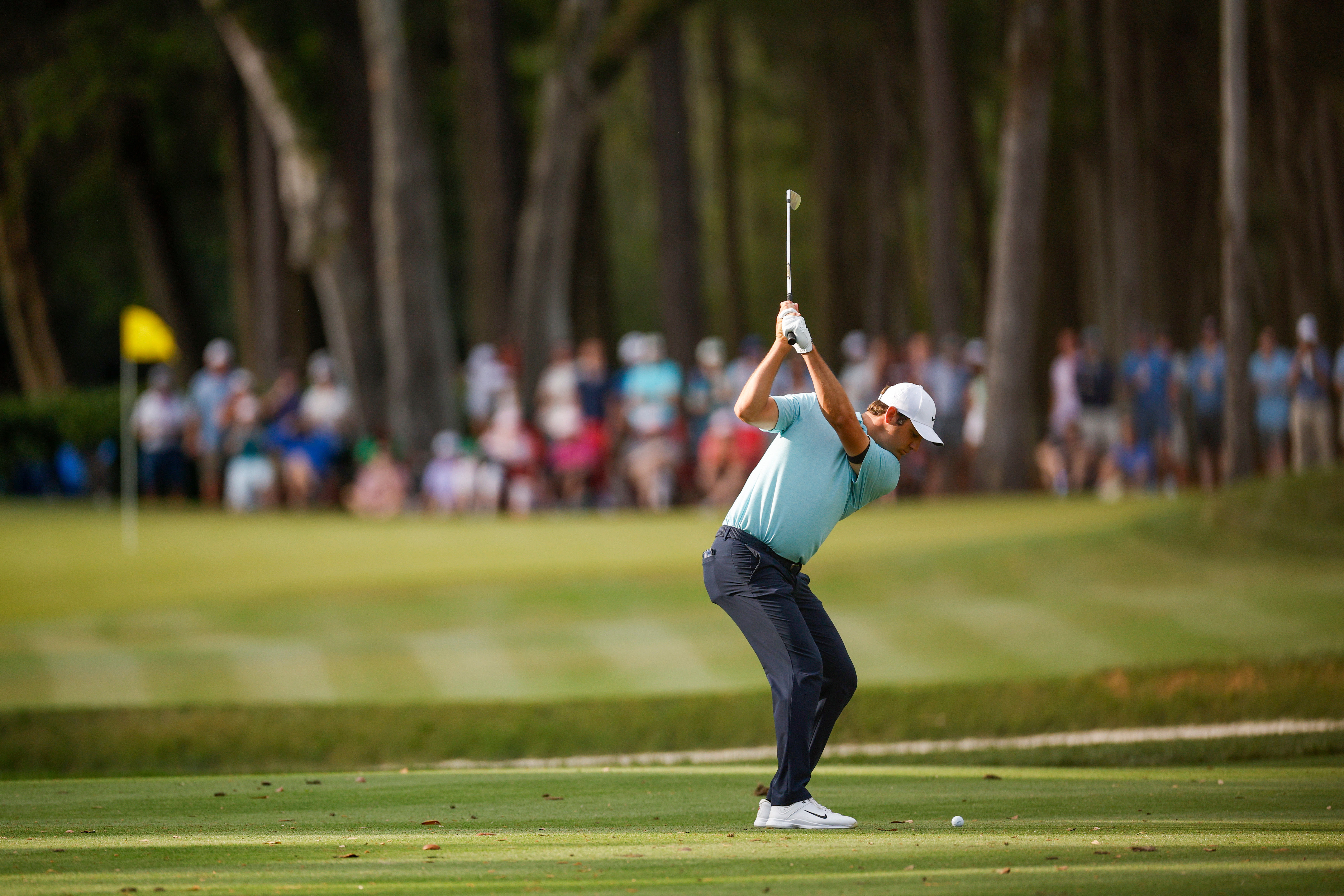
Yellow light flags and green light flags
Scheffler was peppering the flags all week at The Players, and the stats back up his performance: He was No. 1 in Shots Gained: Tee to Green and in Greens in Regulation.
Even one of the world’s best players knows when to back off attacking, however — case in point, No. 18 at TPC Sawgrass. That was a “yellow light” moment: Approach with caution. On other holes, Scheffler had the “green light,” and went into pin-seeker mode.
Even one of the world’s best players knows when to back off attacking, however — case in point, No. 18 at TPC Sawgrass. That was a “yellow light” moment: Approach with caution. On other holes, Scheffler had the “green light,” and went into pin-seeker mode.
In both instances, remember these cues:
1. Stay balanced. If you need more club, take it. Rhythm and balance lead to solid strikes; swinging out of your shoes does not. Think about a “1-2” swing . . . "one" on the way back and “two” on the way through.
2. Figure out your “stock” shot. That is, the one you're most comfortable with hitting. Is it 75 percent with a little fade? Maybe a full swing and low draw? When you’ve got a little pressure, having a shot in your back pocket can make a world of difference.
1. Stay balanced. If you need more club, take it. Rhythm and balance lead to solid strikes; swinging out of your shoes does not. Think about a “1-2” swing . . . "one" on the way back and “two” on the way through.
2. Figure out your “stock” shot. That is, the one you're most comfortable with hitting. Is it 75 percent with a little fade? Maybe a full swing and low draw? When you’ve got a little pressure, having a shot in your back pocket can make a world of difference.
